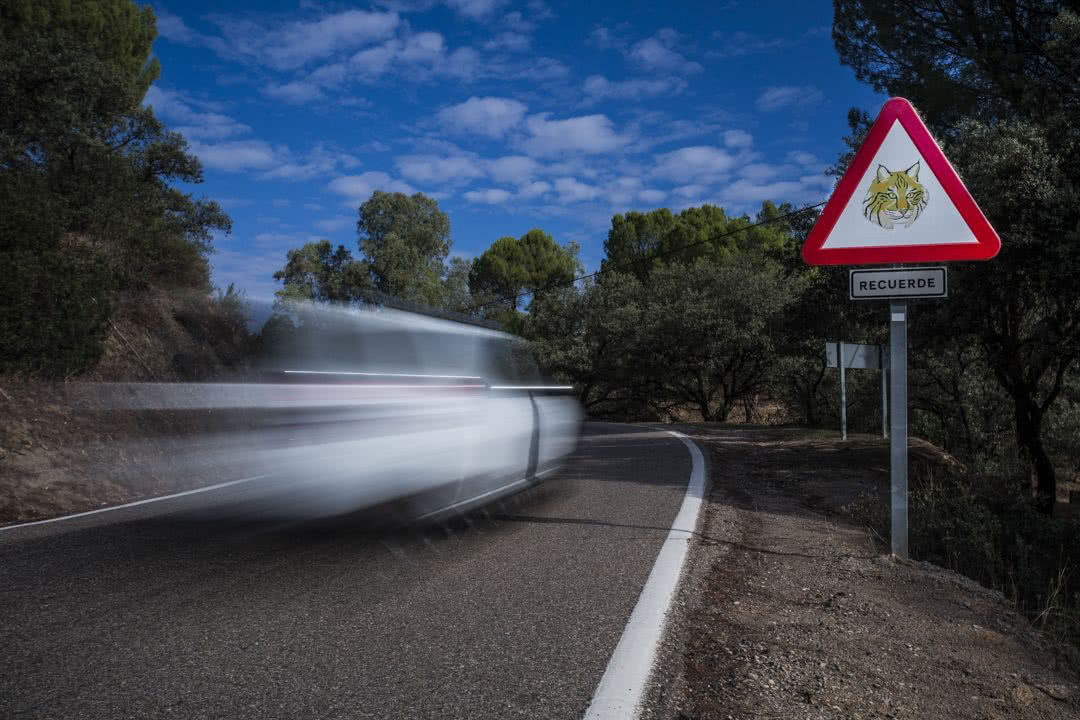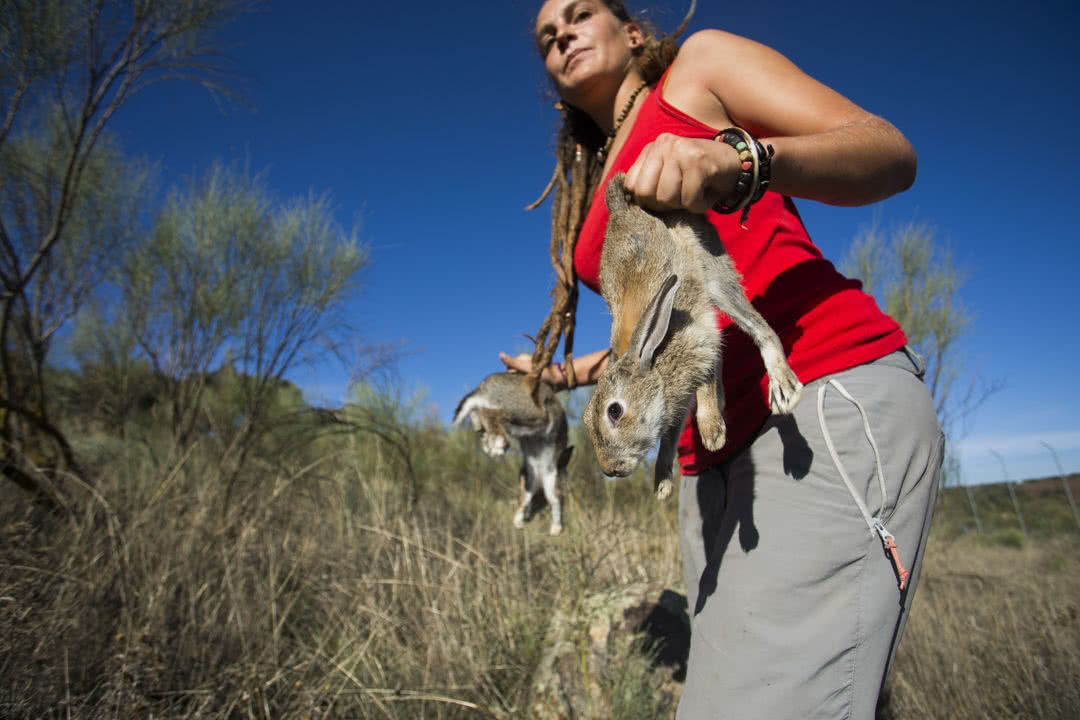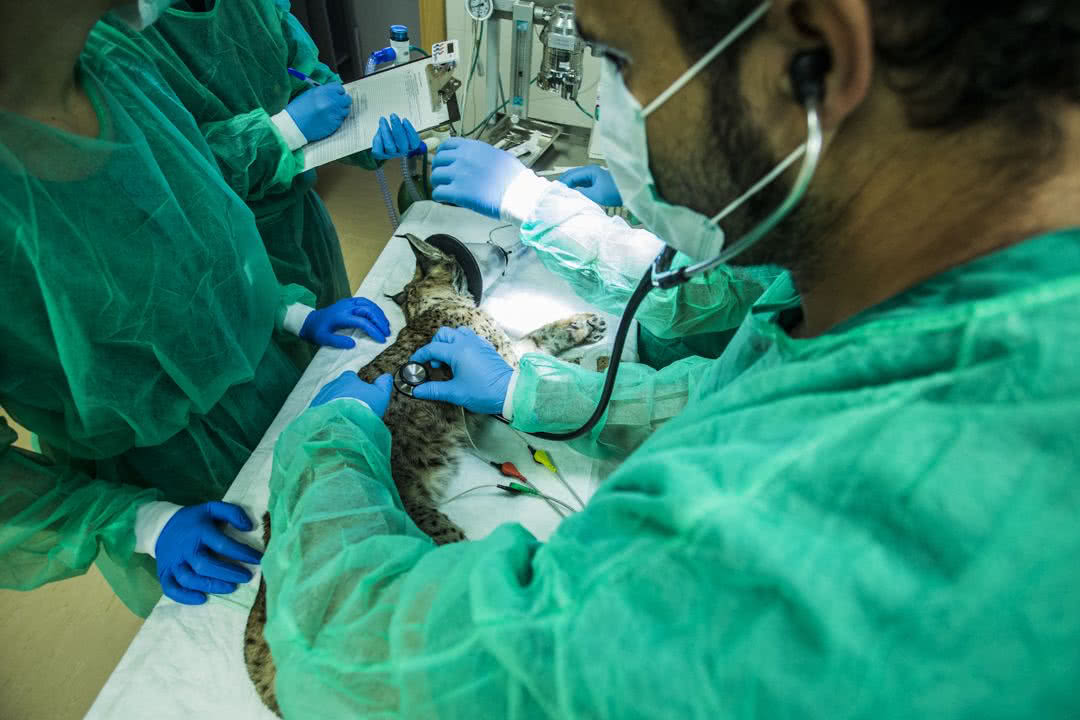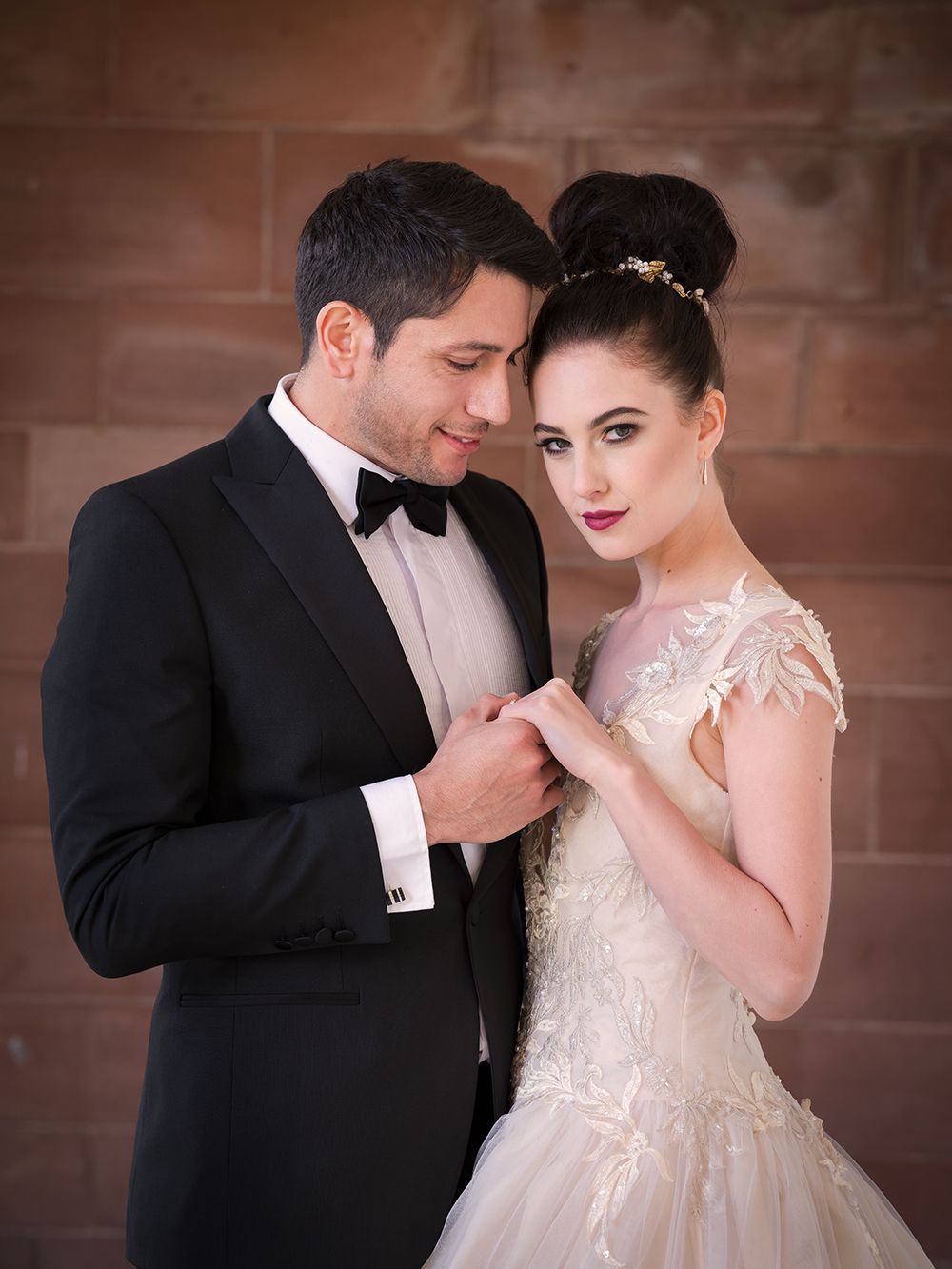Fixation ambassador Jack Terry is a successful lifestyle and advertising photographer and works with high profile brands such as Audi, Nintendo and Lenovo. Despite his busy workload, Jack shoots a lot of personal projects – to try new concepts and explore ideas that he’ll incorporate into his commercial work.
 When Sony announced the A9 earlier this year, we approached Jack and asked him to try the camera alongside his usual Canons. As luck would have it, he was planning to shoot a couple of athletes for his latest fitness portfolio – something the A9 would be perfect for.
When Sony announced the A9 earlier this year, we approached Jack and asked him to try the camera alongside his usual Canons. As luck would have it, he was planning to shoot a couple of athletes for his latest fitness portfolio – something the A9 would be perfect for.
Using a new camera – let alone a new camera system – can be a daunting task, trying to find familiar settings and customising the camera so Jack had the camera for a couple of days before the shoot.
Apart from the obvious differences between the A9 and your usual Canons, how easy was it to get to grips with the Sony?
“To be honest, within 10 minutes of handling the A9, I felt pretty comfortable with the camera. A lot of the controls I’m used to such back button focus and command dials were in a similar place to my Canon Cameras, so it didn’t feel too different to use. I spent some time going through the various AF settings, as I was planning on shooting a couple of sprinters, and the menus were fairly self-explanatory.”
Armed with a G Master 70-200mm ƒ/2.8 and a Zeiss ZA 24-70mm ƒ/4, but never having shot on a Sony before, Jack wasn’t sure how the lenses would stack up against his L Series glass.
“The first shot I set up was a runner sprinting alongside a plain wall” explains Jack, “and being familiar with Canon, I tested the shot with a 1DX Mk II first.
“Reviewing the images in Capture One, I noticed the focus kept slipping to the wall, so I thought it would be a good time to test the tracking focus of the Sony”.
 © Jack Terry
© Jack Terry
“When I was happy we had the first shot, I reviewed both sets of images side by side and was amazed to see that every single shot on the Sony was pin sharp. Even at 20fps, the AF had stayed on the subject and not once drifted. Reviewing frames shot at 20fps is crazy, its like watching a video then pausing when you get to the frame you like.
I switched to the 24-70mm Zeiss and had both runners sprint along the wall, and again, once the focus locked it didn’t shift.”
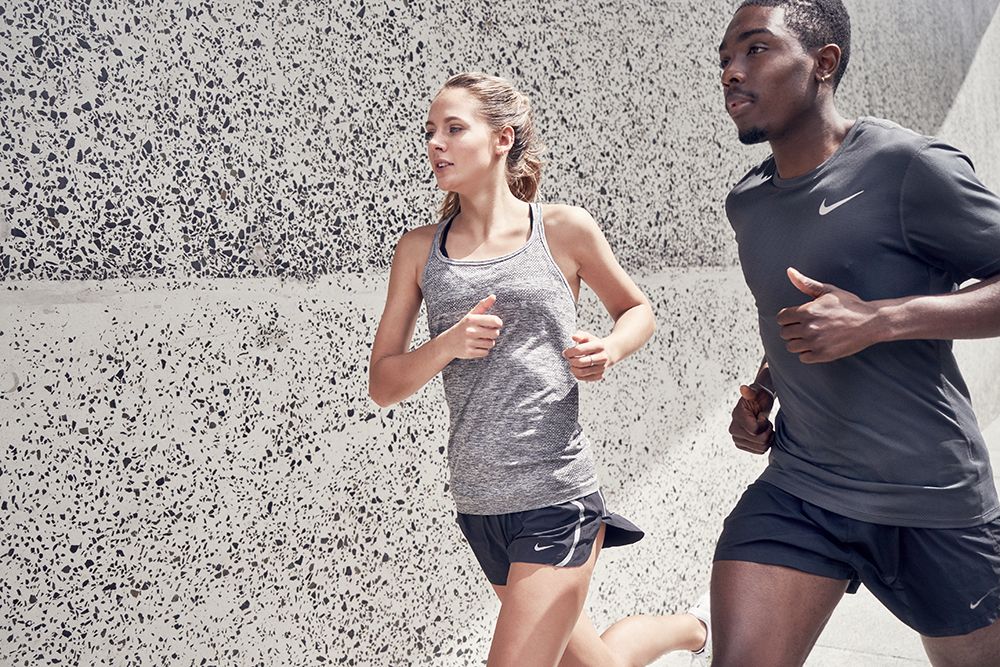 © Jack Terry
© Jack Terry
Not having used a mirrorless camera before, how did you find the EVF?
“I loved it! I often shoot outdoors on location and it’s generally difficult to review images in any great detail unless I’m tethered to my MacBook Pro. On fast moving shoots with multiple locations, to be able to review images in the viewfinder as they appear on a computer was a massive plus. I got so used to using it I even tried doing it on the 1D X by accident! Being able to go through menus when the sun is out was really helpful too.”
How did you feel the Sony glass compared to your Canon lenses in terms of sharpness?
“I honestly couldn’t see any difference between the lenses. I shot the same focal lengths on both cameras and when I was editing the images, I couldn’t tell them apart. Interestingly enough though, I borrowed a Metabones adapter so I could try my Canon lenses on the A9. I’d heard that the AF could be a bit hit and miss, but all my Canon L Series lenses (50mm ƒ/1.2, 100mm ƒ/2.8 Macro, 24-70mm ƒ/2.8 Mk II & 70-200mm ƒ/2.8 Mk II) worked like a dream. I couldn’t even see any noticeable difference in AF speed between the Sony and Canon lenses using the adapter.”
 © Jack Terry
© Jack Terry
With the Sony being much smaller than a conventional DSLR, did you find the size harder to handle?
“The camera is a lot smaller than a DSLR like the 1D X, but I really liked that. At one point during the day I wanted to get a high angle shot of the runners and decided to climb a rather precarious bridge, which was a lot easier with the A9 than with my 1D X. I would have liked to try the battery grip as I’ve heard the balance is a bit better, especially with the longer lenses, but there wasn’t one available at the time.”
 © Jack Terry
© Jack Terry
Would you use the A9 for your commercial work?
“Without a doubt. I shoot at a fast pace and usually with moving subjects. I felt the Sony gave me a clear edge compared to the Canon with focus. The ridiculously fast 20fps was also a massive plus point, especially when I could rely on every shot being sharp. I really think this camera is going to shake up the industry a bit and it’ll be interesting to see how Canon and Nikon react.”
Jack was speaking to Tim Stavrinou. You can see more of Jack’s work on his website www.jackterry.co.uk and follow him on Instagram @jackterryphoto
Thank you to Forte Model Management for supplying the athletes



